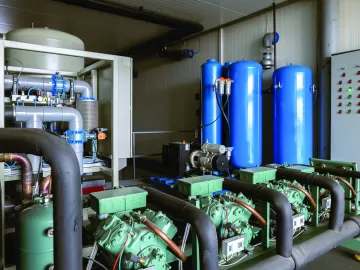Nitrogen Gas in the Food Process
Gaseous nitrogen is used in a variety of systems and processes in the food manufacturing and packaging industries. Often regarded as the industry standard for non-chemical preservation, nitrogen is an inexpensive, readily available option. Suited for a variety of uses, Nitrogen needs to be monitored for purity and potential contaminants. Depending on the type of use, the distribution channel, and the required purity levels, different testing plans should be implemented to ensure safety.




